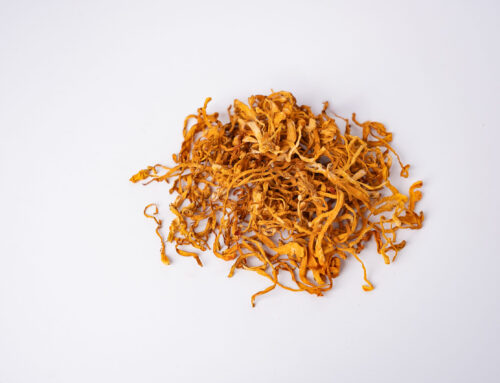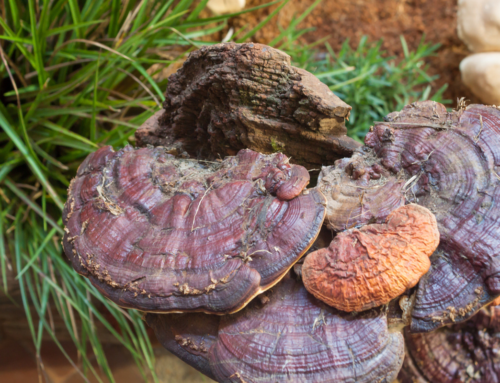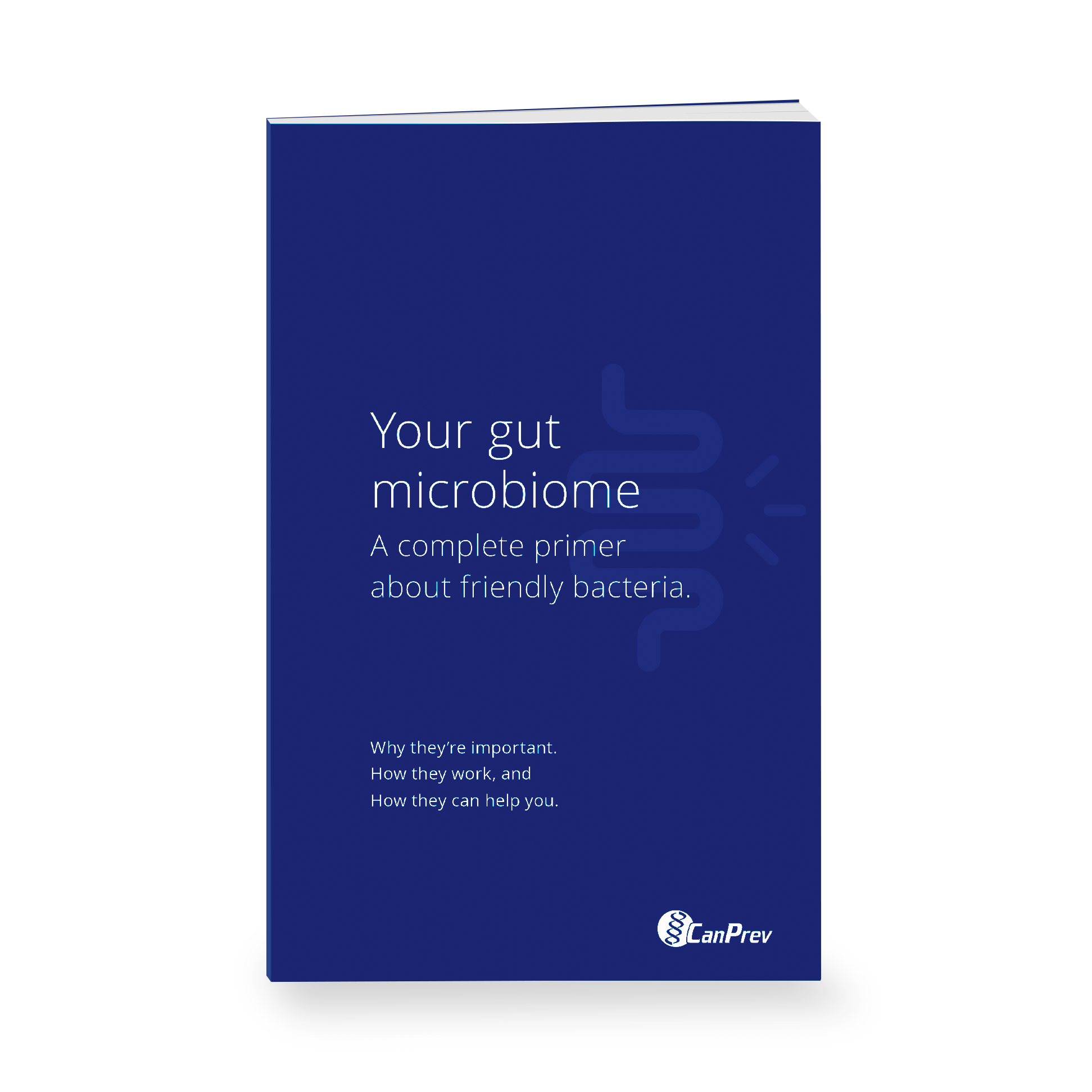Time to eat some bacon, right? Wrong. Popular media portrays the ketogenic [keto] diet as a way to lose weight while eating copious amounts of bacon. In actuality, the keto diet is quite different. At its core, the keto diet is yet another version of a low-carbohydrate diet.
Carbohydrates include refined sugars and fructose (think crackers, cookies, chips and sugary drinks). Consumption of carbohydrates is associated with metabolic syndrome which includes heart disease, obesity and diabetes. Evidence shows cutting back on carbohydrates is an effective way to reduce the risk of these health conditions and lose weight. However, common mistakes in the practice of the keto diet, such as over-consumption of saturated fats and deficient intake of nutrients, puts many people at risk for health problems. There’s a healthy way to do the keto diet – here’s your keto guide for beginners.
Keto diet explained
 The keto diet primarily consists of high-fats, moderate-proteins and very-low carbohydrates. The macronutrients in the diet are divided into approximately 55-60% fat, 30% protein and 10% carbohydrates. Many versions of ketogenic diets exist, but all versions ban carbohydrate rich foods. Some of these foods may be obvious: fruit juices, cereals, pasta, rice, breads, cookies, potatoes, corn and other starchy vegetables. But, others may not, such as legumes, beans and most fruits. Meanwhile, many keto plans allow fatty cuts of meat, butter and other sources of saturated fat. Of note, nuts, seeds, avocados, plant oils and oily fish are allowed in most keto diet plans. The list of foods allowed on a keto diet varies and some lists even conflict each other.
The keto diet primarily consists of high-fats, moderate-proteins and very-low carbohydrates. The macronutrients in the diet are divided into approximately 55-60% fat, 30% protein and 10% carbohydrates. Many versions of ketogenic diets exist, but all versions ban carbohydrate rich foods. Some of these foods may be obvious: fruit juices, cereals, pasta, rice, breads, cookies, potatoes, corn and other starchy vegetables. But, others may not, such as legumes, beans and most fruits. Meanwhile, many keto plans allow fatty cuts of meat, butter and other sources of saturated fat. Of note, nuts, seeds, avocados, plant oils and oily fish are allowed in most keto diet plans. The list of foods allowed on a keto diet varies and some lists even conflict each other.
Keto guide for beginners – how to avoid making common mistakes
A healthy, sustainable version of the keto diet is one that exchanges sugar-laden foods for nutrient-dense plant-based foods, while focusing on protein and healthy fats for energy. This is different than what is portrayed in the media. Let’s debunk some of the common mistakes and learn how to eat healthy on a keto diet.
The healthiest way to do the keto diet:
- Focus on plant-based foods.
- Eat more lean proteins.
- Consume good (unsaturated) fats.
- Drink lots of water.
- Exercise.
- Cut out processed foods.
- Skip the chips, crackers and cookies.
Common mistakes on a keto diet
Most people practice a keto diet that includes high amounts of saturated fat, yet limits nutrient-rich fruits, vegetables and grains. Unfortunately, this puts them at an increased risk for disease. High levels of nutrients is needed for the body to function properly.
What are good fats for ketosis?
 It is easy to get caught up in the high fat content of this diet. The most common mistake on the keto diet is over-consumption of unhealthy fats, which can be categorized into saturated and trans fats. These are found in animal products and fried foods. Individuals practicing the keto diet reach for these foods in an attempt to achieve a diet where half of the calories come in the form of fat. The illusion that’s been given is this can be best accomplished by filling more than half of your plate with animal-based foods.
It is easy to get caught up in the high fat content of this diet. The most common mistake on the keto diet is over-consumption of unhealthy fats, which can be categorized into saturated and trans fats. These are found in animal products and fried foods. Individuals practicing the keto diet reach for these foods in an attempt to achieve a diet where half of the calories come in the form of fat. The illusion that’s been given is this can be best accomplished by filling more than half of your plate with animal-based foods.
Macronutrients such as fat, are not measured by volume, but by calories. One gram of fat is three times the calories of a gram of carbohydrates or protein. Over-consumption of animal fat is dangerous. Evidence shows higher mortality is linked with eating low-carbohydrate diets that include lots of animal fat. If you want to start a healthy keto diet, focus on incorporating healthy fats (nuts, seeds, avocado, olive oil) into your meals and snacks to help boost your diet’s overall fat intake.
Nutrient deficiency on a keto diet
Depending on your specific keto diet plan, you may be avoiding fruits and grains. A diet void of these foods can put you at risk for deficiencies in certain essential nutrients, such as fibre, iron, magnesium and zinc. This can lead to digestive discomfort, low energy/fatigue, muscle cramps and immune deficiency, respectively.
The use of dietary supplements can be helpful when eating a keto diet. Iron, magnesium and zinc would be important minerals worth supplementing with. Among Canadians, vitamin D is commonly low due to limited sources in the diet and little sunlight exposure through most of the year.
Can I eat as much as I want on keto?
A keto diet does not include sugar-laden carbohydrates. Sugary foods are addictive in their nature, triggering cravings and over-consumption. In addition, sugar-laden foods only offer temporary satiety. When you swap sugar-laden foods with vegetables and other plants-based foods in a healthy keto diet, you are less likely to have cravings and trouble with hunger. Plant-based foods have high water and fibre content which promotes satiety.
The keto diet encourages creating meals that contain only 10% carbohydrates. That is contrary to the typical North American diet which is composed of approximately 55% carbohydrates, of which most commonly consumed carbohydrates are refined carbohydrates in the form of sugar-laden foods and beverages. Eating more sugar is associated with a 44% increased prevalence of obesity and metabolic syndrome and a 26% risk of developing diabetes. By cutting back on your intake of sugar-laden foods and beverages, there is a significant potential to improve your health and reduce weight.
What does a 10% carbohydrate diet look like?
If you typically consume 2000 calories per day, your keto diet would consist of about 50 grams of carbohydrates. That is less than 4 slices of bread. In your sandwich, the two slices of whole wheat bread contains 30 grams of carbohydrates. Alternatively, one cup serving of pasta contains 45 grams of carbohydrates.
Here are some healthy low-carbohydrate swaps to help you cut back on your carbohydrate intake:
- Choose water over sugary beverages.
- When making a sandwich, use a cucumber sliced lengthwise instead of a bun or bread.
- Replace your whole wheat wrap with a collard green or other large sturdy lettuce leaf.
- Substitute pasta with spaghetti squash or zucchini noodles (popularly nicknamed zoodles).
- Try mashed cauliflower to replace mashed potatoes.
- Swap quinoa for rice.
- Use Portobello mushrooms for hamburger buns.
 Does keto diet really work?
Does keto diet really work?
Yes, the keto diet is a low-carbohydrate diet that is well known for their ability to induce weight loss. The keto diet forces the body to use fat instead of carbohydrates for energy – creating a state called ketosis. The idea of a ketosis diet was not created as a weight loss strategy – the diet has been found to offer brain-protecting effects, helping some children with epilepsy to have fewer seizures. Preliminary evidence suggests the keto diet may also have some usefulness in Alzheimer’s disease, Parkinson’s disease, and glaucoma when followed properly.
Is a keto diet bad for you?
The greatest concern of medical experts is most people do not follow the keto diet properly. Common practices include eating high amounts of saturated fat. Eating a diet that is rich in saturated fat is known to have negative health effects; however, some would argue otherwise. Correctly, there are short term studies that suggest the keto diet has some positive effects on cardiovascular health. Yet, these studies used a healthy keto diet which consisted of a high amount of good fats (monounsaturated and polyunsaturated fats), not bacon.
In one study, for example, 83 obese adult patients ate a keto diet (consisting of 30 grams carbohydrate, 1 grams/kilogram body weigh protein, 20% saturated fat and 80% polyunsaturated and monounsaturated fat) for 24 weeks. The adults experienced weight loss as well as lower blood sugar, triglycerides and LDL cholesterol levels.
Whether the keto diet is safe for long-term use in adults is unclear. The only long-term studies available involve children using the keto diet to treat epilepsy and neurological disorders. These long-term studies involving children show an increase in kidney stones, osteoporosis, hyperlipidemia and impaired growth.
Now, you are ready to start a keto diet. Achieve your health goals of weight loss! This keto guide for beginners helps you steer away from misleading popular tales of bacon-based diets. Do keto the healthy way – exchange sugar-laden foods for nutrient-dense plant-based foods, while eating more healthy fats and protein.
References:
Long-term effects of a ketogenic diet on obese patients. Exp Clin Cardiol 2004 Fall: 9(3):200-205.
Effect of low-calorie versus low-carbohydrate ketogenic diet in type 2 diabetes. Nutrition 2012 Oct;28(10):1016-21.
The ketogenic diet: making a comeback. Consult Pharm 2017 Jul 1;32(7):388-396.
The effect of Ketogenic diets on cardiovascular risk factors: evidence from animals and human studies. Nutrients 2017 May;9(5):517.
Ketogenic diet. In: StatPearls. 2019 Jan. https://www.ncbi.nlm.nih.gov/books/NBK499830/







My husband and I are in our 60’s. Our 31 year old daughter Adelle, who lives with us is a vegetarian. About 2 years ago we went vegetarian as well and are enjoying this type of diet however, we eat a lot of carbs (rice, pasta, bread, cheese). I like the healthy carb alternatives you have given so I’d like to slowly implement them in my diet. Is it possible to do a keto diet being a vegetarian? Also, what kind of fats do you recommend aside from nuts, seeds, fish ? How would we know that this diet is right for us? Thank you for your help.
Usually, I never comment on blogs but your article is so convincing that I never stop myself to say something about it. You’re doing a great job, Keep it up.